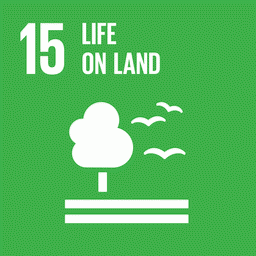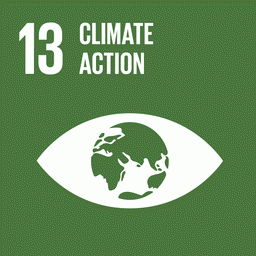Lucas Guaraldo*
Pastureland was the area most affected by fires and burn-offs in 2023, accounting for 28% of the entire burned area in the year, according to the Fire Monitor, an initiative of the MapBiomas Fogo network in partnership with and coordinated by IPAM (Amazon Environmental Research Institute). In all, 4.8 million hectares of pasture were burned, an area larger than Denmark.
Grasslands were the second type of vegetation that suffered the most from fires last year, accounting for 18.6% of fires, followed by savannah formations, typical of the Cerrado, with 18.4% of fires, and forests, with 15%. Together, the three categories accounted for 52% of the total burned area in Brazil, around 9 million hectares.
“In anthropogenic areas, fire mostly affects pastures because it is used as a management technique, stimulating the growth of new plants. However, it is crucial that it is used in a controlled and responsible manner, at specific times and in compliance with environmental legislation, as it can get out of hand and become a forest fire,” warns Vera Arruda, IPAM researcher and head of the Fire Monitor.
Increase in the burned area
In total, the burned area reached 17.3 million hectares in 2023, an increase of 6% compared to 2022. The burned area is equivalent to 2% of the entire national territory and exceeds the total extension of countries like Greece, England and Hungary.
Among the biomes, the Amazon was the most affected by fire, suffering 62% of the burned area and having 10.7 million hectares hit by flames, an increase of 35.4% on the previous year. In the Cerrado, the second most burned biome in 2023, the increase was 29%, with 5 million hectares affected by fire. Overall, the Amazon and Cerrado suffered 91% of the fires that occurred in Brazil in 2023.
Due to the drought and high temperatures, the fires were strongest in September, October and November. Together, the three months totaled 10.4 million hectares burned, 63% of everything burned in the year. Compared to the figures recorded in 2022, the period between September and November saw a 4% increase in the burned area throughout Brazil, while in the Amazon the increase was 44% during the quarter.
“The increase in the burned area in Brazil in 2023 compared to 2022 had the climatic factor as the protagonist. The severe drought that hit the Amazon ended up making the forest more susceptible, increasing the area affected by fires and also fire accidents in agricultural areas,” explains Ane Alencar, Director of Science at IPAM and coordinator of the MapBiomas Fogo network.
States
Record holder for fires in 2023 and one of the states most impacted by the 2023 drought, Pará saw its number of fires jump 39% last year. Considering the month of December alone, Pará saw an increase of 572% compared to the same month in 2022. The fires mainly affected the eastern and southern regions of the state.
In second place on the list of biggest fires is Maranhão, with 1.9 million hectares burned, practically the same area as in 2022. Roraima completes the list with 1.4 million hectares burned, an increase of 167% compared to 2022.
IPAM journalist, lucas.itaborahy@ipam.org.br*
Cover photo: Carlos Eduardo Rodrigues**


